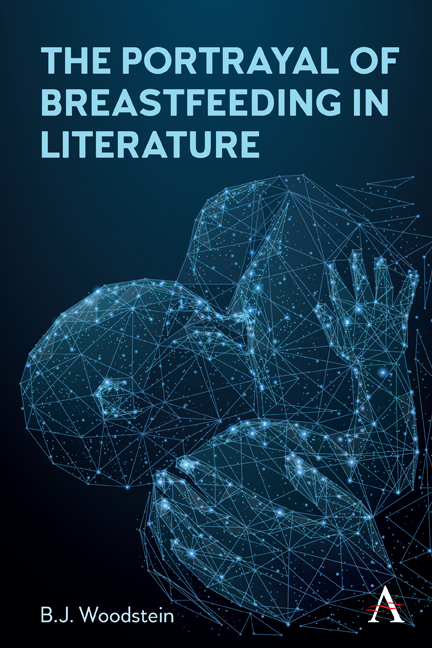4 - Analysis of Differences
Published online by Cambridge University Press: 27 April 2022
Summary
Introduction
The chapters on adult literature and children's literature already began to tease out some of the differences between the cultures analysed in this book, such as the internalised male gaze or the fact that practical issues sometimes seem to be of more interest in English, while emotions are explored more often in Swedish. However, it is worth discussing these differences in more depth. Why are depictions of breastfeeding so different in English-language versus Swedish-language works? It is, I would suggest, quite a clear difference – and almost a shocking one – in that Swedish literature is so much more positive and open towards breastfeeding, while the English-language texts are in general negative about breastfeeding in words and more liable to depict bottlefeeding in images.
In this chapter, I will explore a few possible factors, such as demographics or views on women, although I must admit from the start that I do not come to any clear-cut answers. As with many issues, it is likely that a combination of factors has led to the situation we see in society and literature.
In what follows, I explore culture, politics, feminism, reading habits and more, and I focus on Sweden and the United Kingdom. While Swedish is also spoken in Finland, none of my example texts were Finland-Swedish ones, so I have chosen to just look at Sweden. The English-language situation is more complicated. Most of my English-language texts were from the United Kingdom, and some were from the United States; none were from Canada, Australia, New Zealand, India, South Africa or other English-speaking countries, although I believe some of the works analysed in this book are available in some of those nations. So, in the following sections, I mainly look at the United Kingdom, mentioning the United States only when relevant, and I compare the United Kingdom to Sweden: two European nations that are not far apart geographically, but that do seem very disparate indeed in regard to breastfeeding.
Breastfeeding Statistics
In an earlier chapter, it was noted that in the United Kingdom, the breastfeeding rate at 6 months is around 35%, which is considered the ‘world's worst’ (Gallagher 2016), while in Sweden, it is around 63% (Anonymous 2018, n.p.).
- Type
- Chapter
- Information
- The Portrayal of Breastfeeding in Literature , pp. 107 - 126Publisher: Anthem PressPrint publication year: 2022



